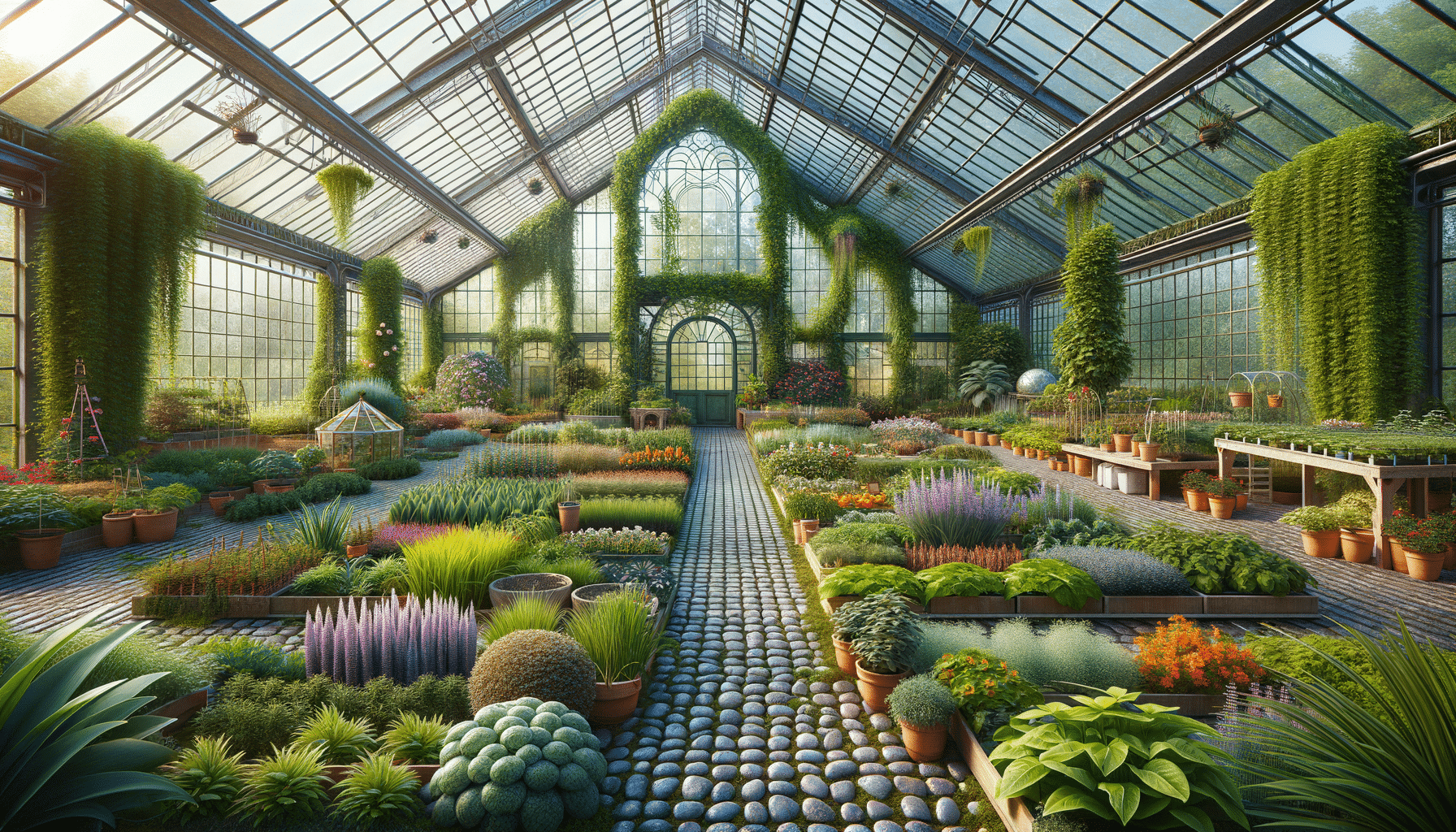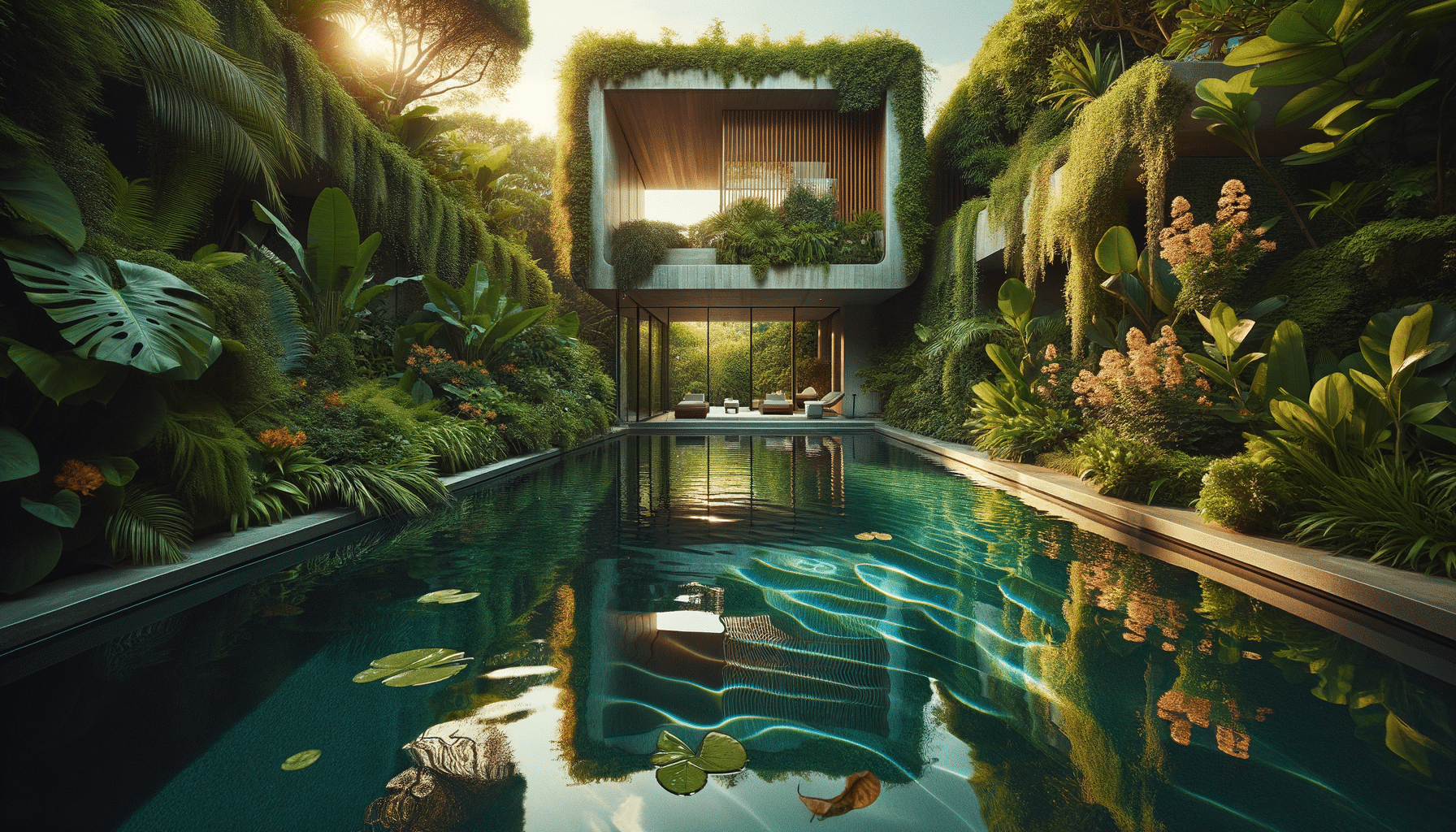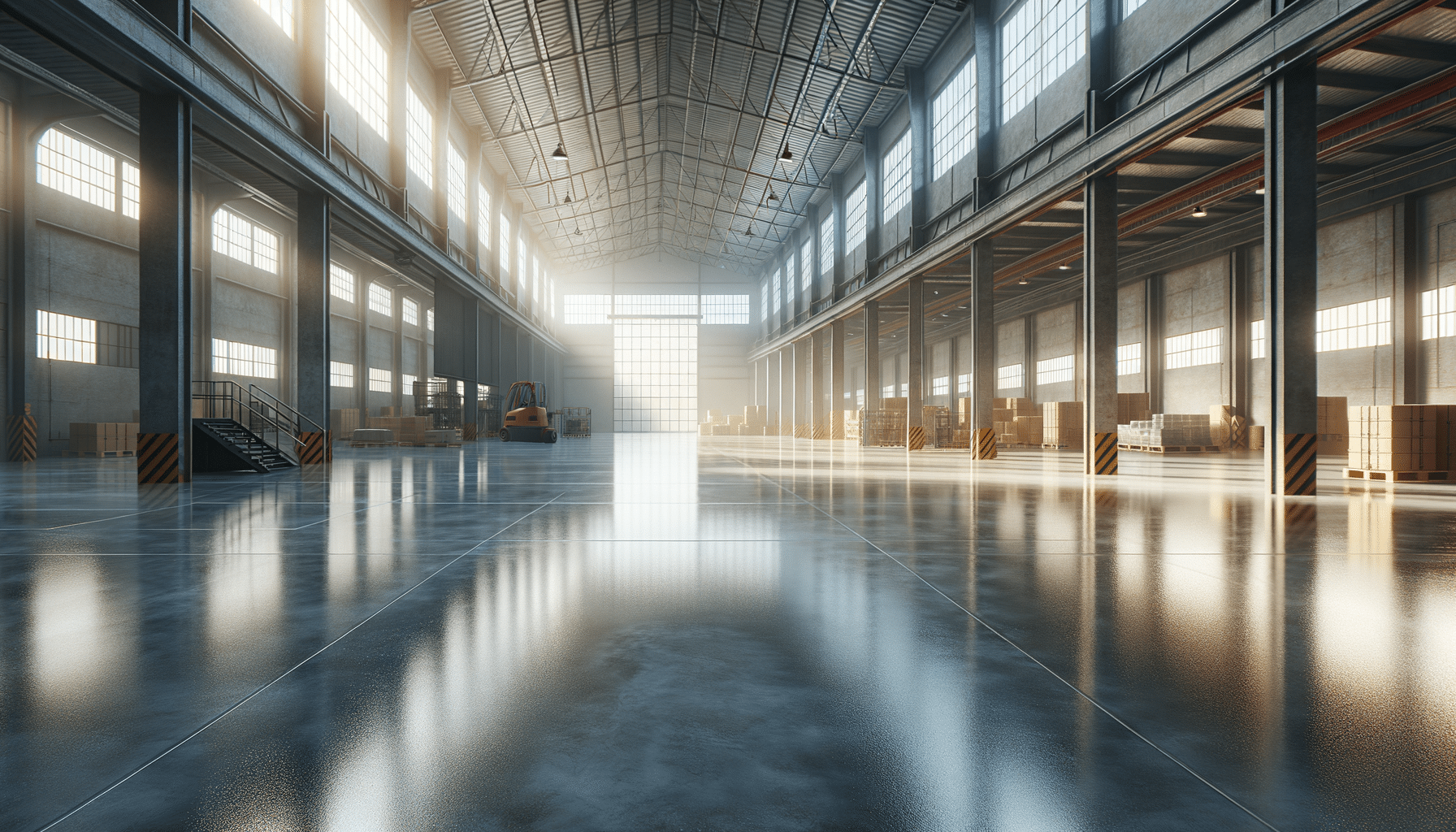
Exploring the World of Greenhouses: A Comprehensive Guide
Introduction to Greenhouses
Greenhouses have become an essential tool for gardeners and farmers alike, offering a controlled environment to cultivate a variety of plants year-round. These structures provide the ideal conditions for growing plants by regulating temperature, humidity, and light. The importance of greenhouses cannot be overstated, as they allow for the extension of growing seasons, protection from adverse weather conditions, and the cultivation of exotic plants that would otherwise not thrive in certain climates.
In recent years, the popularity of greenhouses has surged due to increasing awareness about sustainable agriculture and the desire for home-grown produce. Whether you are an amateur gardener or a professional farmer, understanding the intricacies of greenhouse gardening can significantly enhance your agricultural endeavors.
The Benefits of Using a Greenhouse
One of the primary advantages of using a greenhouse is the ability to extend the growing season. By maintaining a stable climate within the structure, plants can be grown even during the colder months, which is particularly beneficial in regions with harsh winters. This extension allows for continuous production and can lead to increased yields over time.
Greenhouses also offer protection from external elements such as pests, diseases, and extreme weather conditions. The enclosed environment acts as a barrier, reducing the likelihood of infestations and allowing for better control over plant health. Additionally, the risk of crop damage due to heavy rains, strong winds, or unexpected frosts is minimized.
Another significant benefit is the ability to grow a diverse range of plants. Greenhouses can create microclimates suitable for tropical or subtropical plants, enabling gardeners to experiment with species that would not typically survive in their local environment. This diversity not only enriches the gardening experience but also contributes to biodiversity.
Types of Greenhouses
Greenhouses come in various shapes and sizes, each designed to meet specific needs and preferences. The most common types include lean-to, freestanding, and ridge and furrow greenhouses. Lean-to greenhouses are attached to an existing structure, making them ideal for small spaces or urban settings. They benefit from the heat retained by the adjoining building, which can help reduce energy costs.
Freestanding greenhouses are standalone structures that offer more flexibility in terms of location and size. They are popular among hobbyists and commercial growers alike due to their versatility and ease of installation. Ridge and furrow greenhouses, on the other hand, are typically used for large-scale agricultural operations. Their design maximizes sunlight exposure and allows for efficient water drainage.
When choosing a greenhouse, it is essential to consider factors such as available space, budget, and the types of plants you wish to grow. Each type of greenhouse has its unique advantages and limitations, so thorough research and planning are crucial before making a decision.
Materials and Construction Considerations
The materials used in the construction of a greenhouse play a vital role in its effectiveness and durability. Common materials include glass, polycarbonate, and polyethylene film. Glass greenhouses are renowned for their aesthetic appeal and excellent light transmission, making them a popular choice for traditionalists. However, they can be costly and require a sturdy frame to support the weight.
Polycarbonate panels offer a more affordable and lightweight alternative to glass. They provide good insulation and are shatter-resistant, making them a practical option for areas prone to hail or strong winds. Polyethylene film is another cost-effective choice, often used in temporary or seasonal greenhouses. While it may not be as durable as other materials, it is easy to install and replace.
When constructing a greenhouse, it is also important to consider ventilation, heating, and shading systems. Proper ventilation is crucial to prevent overheating and maintain air circulation, while heating systems can be necessary in colder climates. Shading systems help regulate light levels and protect plants from excessive sun exposure.
Maintaining a Greenhouse
Regular maintenance is key to ensuring the longevity and productivity of a greenhouse. This includes cleaning the structure to remove algae and dirt, which can block sunlight and reduce efficiency. Inspecting and repairing any damage to the frame or covering material is also essential to maintain a stable environment.
Monitoring temperature and humidity levels is crucial for optimal plant growth. Installing a thermostat and hygrometer can help track these variables and make necessary adjustments. Additionally, pest management is an ongoing task, as the enclosed environment can sometimes lead to increased pest activity.
Watering systems, whether manual or automated, need regular checks to ensure plants receive adequate hydration without overwatering. Fertilization and soil health are other important aspects of greenhouse maintenance, requiring periodic testing and amendments to support plant nutrition.
By taking a proactive approach to maintenance, greenhouse owners can enjoy a thriving and productive growing space that yields abundant harvests and supports diverse plant life.


